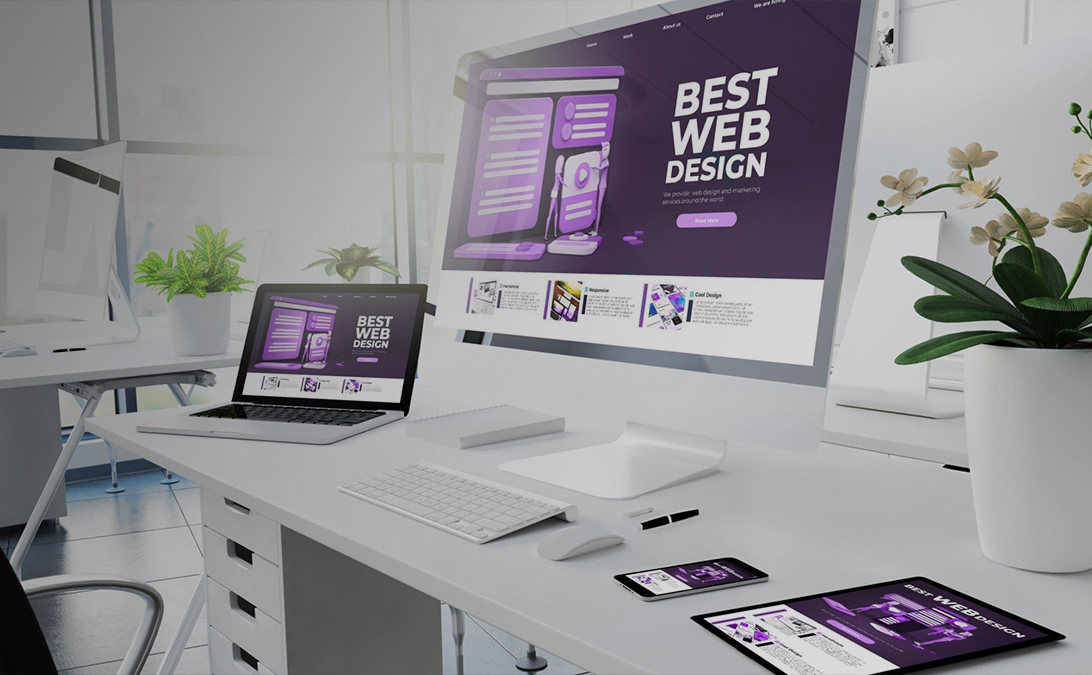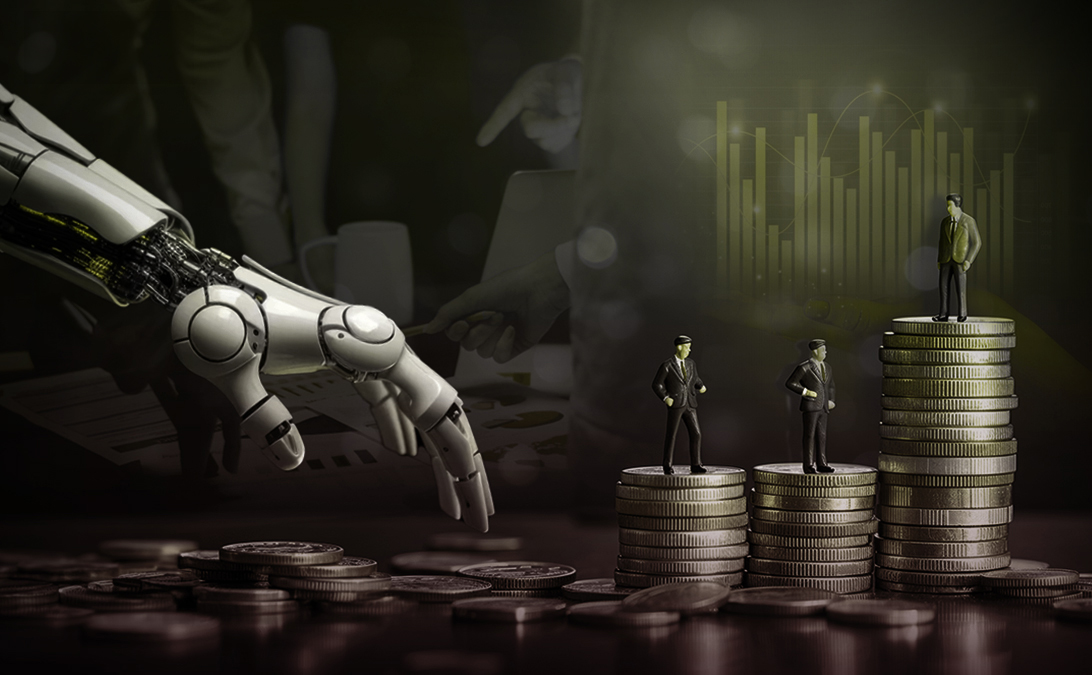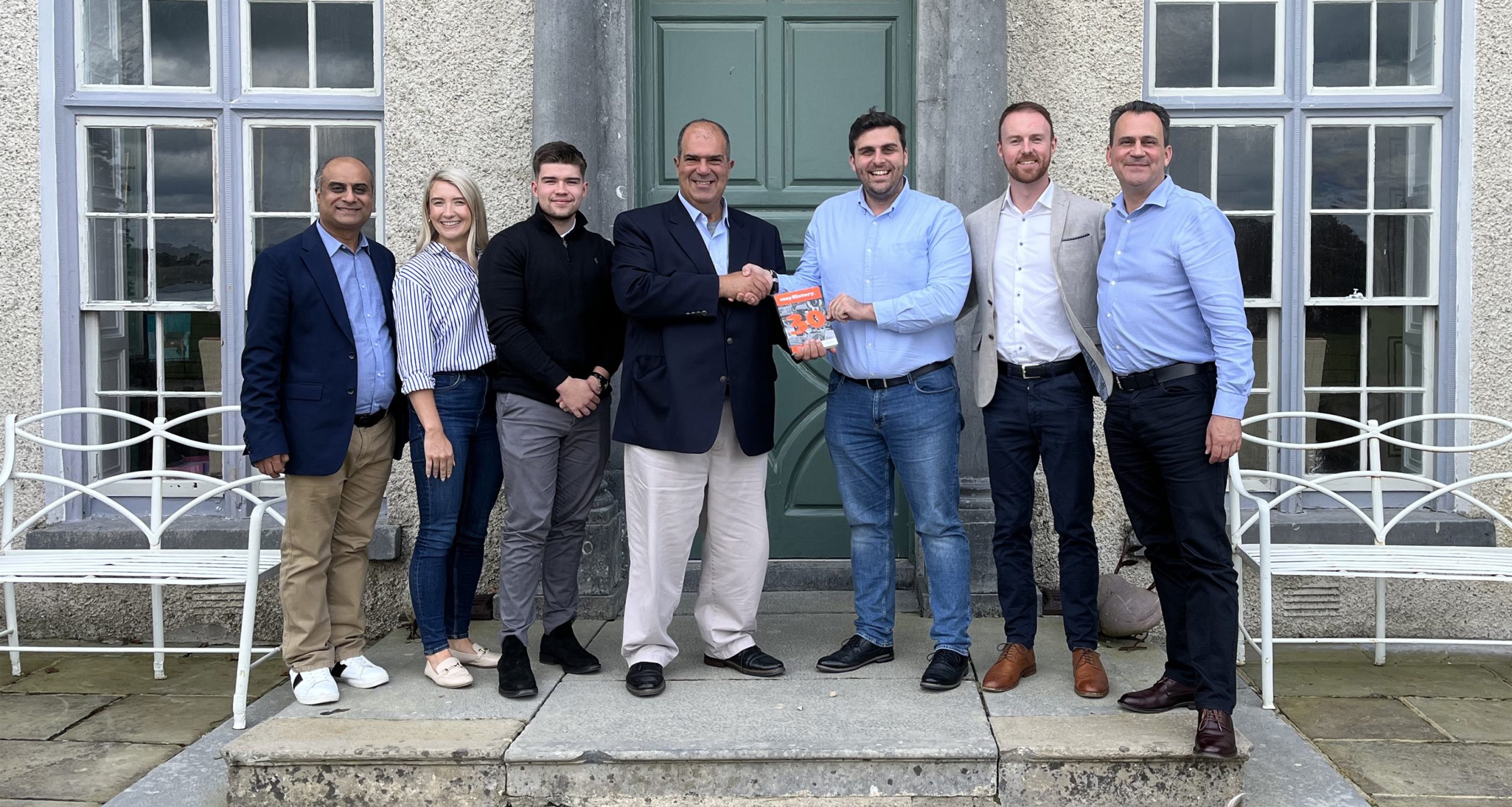
The Ultimate Guide to Sustainable Web Design
27 June 2024
Did you know that an average digital campaign causes 5.4 metric tonnes of carbon emissions? Different business industries are trying to attain sustainability, and website development companies are no exception.
Sustainable web design practices are gathering increasing attention as more companies join hands toward a greener future. A UK based web design agency can help you build websites that not only boost ROI but also help you play your role as an environmentalist, reducing your environmental impact.
But what exactly are sustainable web design practices, and how can they help you stay ahead?
What is Sustainable Web Design?
Sustainable web design means optimising digital products or services to ensure they consume minimum bandwidth and electrical energy. A sustainable web manifesto should focus on reducing the carbon emissions caused by using websites or other digital products, lowering the environmental impact of the web technology.
The sustainable web manifesto principles involve the following:
- Clean: Services should be based on using renewable energy resources
- Efficient: Minimising the amount of energy required by using the least resources possible
- Open: Ensure complete transparency with smooth data exchanges & permit users to control their data
- Honest: The sustainable web design should be straightforward and should not mislead the users
- Regenerative: The sustainable web services should be a part of the economy that nourishes people and the planet
- Resilient: The sustainable web design services should be available at places and times of need
Overall, it is focused on reducing the environmental impact of digital technologies by deploying energy-efficient practices. This is possible with eco-friendly choices among both web developers and users.
Here are the Key Benefits of Sustainable Web Design
There are various advantages of adopting sustainability in your web designs. For example, it helps to build a positive image among the consumers, deploys regulatory compliances, etc. The main advantages of sustainable web design are:
- Decrease Carbon Footprint – Optimising server efficiency, choosing sustainable web design practices, and other measures help lower the carbon footprints of web apps and digital solutions.
- Quick Loading Solutions – Proper code optimisation helps to build lightweight apps that load instantly and enhance user experiences (UX).
- Responsive Web Design – Sustainable web design practices advocates using responsive web design and launching the same application on the web and mobile. This leads to a uniform user experience over various devices, further enhancing brand values.
- Cost-Effective – Building a single application to reach clients on the web through both desktop and mobile devices helps eliminate repetitive development costs.
- Positive Brand Values – Demonstrating prior commitment to digital sustainability means greater popularity among new website visitors.
- Follows Regulatory Compliances – Sustainable web design principles encourages using the latest technology tools and following industry-standard compliances.
- Future-Ready Design – Web developers implementing digital sustainability know how to build highly scalable sites. This means the site is future-proof and adaptable to the top web design statistics for 2024 and the following years.
- Lower Maintenance Costs – Code of optimised web pages requires less maintenance, reducing time, cost, and effort from the dedicated development resources.
How to Make Your Web Designs More Sustainable?
Trying to make your website greener involves implementing emission-reducing strategies. You can use an online website carbon calculator to find out how using sustainable business practices affects your carbon footprint. The steps and techniques are not limited to the design alone but rather cover various other parts of the code architecture and aspects of the business.
You can entrust the following strategies to ensure your website is more sustainable and lower your environmental impact.
1. Optimised Visual Content of the Site
Research shows that images account for 38% of a total webpage’s weight on mobile. Optimised visual content like images helps ensure quick web page loading. This means you’re on your way to sustainable web design as your website will require a lower energy consumption, reducing the environmental impact. Additionally, faster page loading helps eliminate user frustration and is an SEO ranking factor for Google.
Image optimisation techniques for sustainable practices involve the following:
- Creating descriptive, keyword-rich file names for the images
- Compress the images and use progressive JPEGs
- Filling out the alt attribute for each product image
- Deploy a good image content delivery network (CDN)
2. Deploy Relevant Content Hierarchy
The content hierarchy must allow users to quickly identify the key information about the business’ website. Overall, with content hierarchy, website visitors should find it easier to navigate through the average web page and complete critical tasks faster. This ultimately minimises the energy used and reduces the environmental impact of the web technology.
3. Minimal Use of Custom Fonts
Fonts already installed on devices like Ariel, Calibri, and Verdana are called system fonts. Similarly, those that are not pre-installed are custom fonts, and each of them acts as an extra bit of code.
The more custom fonts a site has, the greater its energy consumption. So, when switching to a sustainable web design, using system fonts can help reduce this and improve sustainability.
4. Use Green Energy Web Hosting
Another significant step towards sustainable website design is entrusting sites with green hosting. This means choosing a hosting company that is powered by renewable sources of energy. This helps directly reduce the website’s carbon footprint on a grander scale.
5. Single Page Designs
Multi-page designs mean a greater number of requests for the server to deal with. Furthermore, each time the website visitor opens a new page, more energy is consumed. This can be tackled with single-page designs, which also assist in making fast, responsive sites with high SEO capabilities.
chilliapple can Help You Towards a Sustainable Future
As a leading web development company, we understand the significance of attaining sustainability in all aspects of life and business. We feel our duty is to do our bit for future generations through sustainable web design.
Our consultants’ sustainable web manifesto is to use eco friendly web design to craft beautiful and sustainable websites with the smallest digital footprint, reducing the environmental impact and lowering carbon emissions.




